|
Hip, pelvic and back pain are very common during pregnancy and often continue after delivery. Moms-to-be think it’s normal to feel pain while pregnant, but this is not true! Check out these tips so you can make the adjustments to protect your hips and back. 1. Use good lifting technique: never bend forward to pick anything up with your legs straight, avoid extreme reaching and avoid twisting your back. 2. For standing activities such as cooking, changing diapers, or even brushing your teeth; keep a small foot stool nearby and place one foot up on it, changing every 10-15 minutes. If you are standing in front of a cabinet, open the door and rest one foot inside of it! 3. Avoid prolonged positions: Take a break from sitting or standing every 15-30 minutes 4. Sleep on your side with a pillow between your knees. If you are pregnant, lay on your left side. 5. Avoid activities that may strain the hips and back, such as crossing your legs, standing with all of your weight on one leg, climbing stairs too often, maintaining any unbalanced position (like carrying your child on one hip). 6. Get in and out of the car by sitting into the car first, then turning to face the front. Never reach across your car for bags or other items on the other side. 7. Get in and out of bed by rolling onto your side first, then raise yourself up. Never sit straight up from lying straight on your back. 8. Avoid holding your breath. When lifting, tighten your core and pelvic muscles to prevent increased strain on your back and pelvic floor. This is called a “pelvic brace”.
Following these tips can help reduce your pain and prevent further injury during pregnancy. It is also important to continue your new movement patterns into postpartum to prevent continued or returned pain. If you have any questions or if you continue to experience pain, contact us at Crystal Lake Physical Therapy by calling (815)893-8480 or click below to schedule an appointment.
11 Comments
Contribution by Alicia Magro, PT, MPT What is the “core”? The core consists of muscles that support the back and help maintain an upright posture including the pelvic floor, front and side abdominals and back muscles. Due to a growing belly it can be a challenge to keep your core strong during pregnancy and following pregnancy, Why is it important to keep your core strong during pregnancy? A strong core improves posture which leads to decreased back pain. Research shows that more than 75% of expectant mothers experience back pain. A strong core can also improve with ease of labor and lead to a quicker recovery postpartum. How to safely work the “core” during and after pregnancy? Avoid laying in a flat position after the first trimester which may put pressure on the vein that returns blood from your legs. This may interfere with the blood flow to the placenta and baby. Also be cautious with doing forward planks or typical “crunches” during pregnancy or postpartum as this may cause stress on the pelvic floor as well as could lead to a separation in the abdominals known as diastis recti. 1. Bird Dog
2. Pelvic Tilts Standing At A Wall
3. Seated Marches
4. Side Plank (Avoid if you have any shoulder problems)
5. Squats
6. Perform Kegels Kegels are a way to engage your pelvic floor muscles. It is best to attempt these first in sitting or lying down and then incorporate with all exercises. These are especially important postpartum to avoid pelvic floor issues including incontinence.
Keeping your core strong will make your pregnancy healthier and recovery much easier. If you are struggling with pain or would like more help with exercise see your physical therapist for guidance. They can tailor a program just for you and make sure to avoid injuries. Click below to schedule an appointment or call us today at (815)893-8480. Did you know that 80% of the bodily changes occurring during pregnancy happen in the first trimester! Isn’t that astounding? A woman’s body must adjust quickly to a 40% increase in fluid volume, increased heart and respiratory rates and many other changes that may affect us in different ways. The fluid volume increase, for example, can make our connective tissues weaker—our tendons can get a little mushy and our nerves and blood vessels a bit softer. This extra fluid and tissue weakening makes us more prone to things like leg swelling, varicosities, tendonitis, carpal tunnel syndrome, or sciatica.
The hormonal changes in pregnancy play a big role in our metabolism, mood, memory and, of course, ligamentous laxity. Some pregnant women experience instability not only in the pelvis and hips, but also in the joints of the spine, elbows, and wrists. Our musculoskeletal system is taxed by these changes even before the baby gets very big. Then, as baby grows, we might begin seeing rectus abdominis separation (“diastasis recti,”) spinal problems from posture and center of gravity changes, even rib dysfunction as the ribs are forced out and up to make room for belly. Foot pain from falling arches from the sudden weight gain can occur, and on and on. Women's pelvises are designed to have less stability allowing for bony separation during delivery. This is great because we need to fit the baby out, but this also leaves women more vulnerable to injury leading up the main event. This is one of the causes of muscle and joint aches and pains during pregnancy. Also, throughout pregnancy the pelvic floor muscles must withstand a great degree of pressure due to weight gain and continuous growth of the baby. In the pelvic girdle, there is a list of other changes that can be downright scary to a pregnant or postpartum mama. And most women are not warned about these potential problems. Pelvic girdle pain manifesting as coccyx, pubic or sacroiliac joint pain; groin or hip pain; pelvic muscle or nerve pain; plus urinary or fecal incontinence or pelvic organ prolapse are some of the more common things occurring during or after pregnancy. After birth, as Mom is busy caring for her newborn and any other children at home—schlepping heavy car seats, strollers, laundry baskets, breastfeeding through the day and night, lifting ever-heavier babies into and out of cribs—she wonders why everything hurts, or why she feels a clicking in her pelvic bones when she lifts her leg! Well, she is busy performing exceedingly challenging tasks with a sub-optimal musculoskeletal system (not to mention sleep deprivation!) It is well documented that both pregnancy and vaginal birth increases a woman’s risk of developing pelvic organ prolapse or incontinence later in life. And many women think that leaking during or after birth is “normal” because their friends, moms, aunts, and sisters leaked. Not to mention, there are 20 different brands of incontinence pads to choose from in the drugstore, so it “must” be normal. Well that just isn't true! Leaking and pelvic organ prolapse is common...but NOT normal! The same holds true for back or pelvic pain. Sure pregnancy puts demands on our bodies, but there is no reason to “put up” with pain, leaking, prolapse, numb hands or legs! There is a health professional who knows all about this—a physical therapist specially trained in women’s health issues and the pelvic floor. You can benefit from pelvic floor physical therapy during all stages of pregnancy. In the pre-partum phase, women can learn about proper body mechanics, posture, breathing mechanics during delivery, pelvic stabilization exercises, stretching, supportive bracing and balance training. They can also benefit from pelvic floor muscle training in preparation for pregnancy and delivery. Your pelvic floor physical therapist can also be extremely beneficial throughout the duration of your actual pregnancy and can successfully help you to manage symptoms of pain or urine leakage. The post partum period is also a very crucial time to consult with your physical therapist. It is common to give yourself 6 weeks of pelvic rest following delivery. It is never normal to leak or have pelvic floor pain that is linger in the post-partum phase. Leaking is a symptom of pelvic floor dysfunction. If you leak, stop the offending activity and see a physical therapist. This type of pelvic floor dysfunction can easily be addressed with a non-invasive exercise based program where you can see results and in many cases complete resolution of your symptoms in as little as 3 weeks! Pelvic/perineal pain is also not normal and can be a sign of hypertonicity (spasm) of the pelvic floor, which can be addressed with physical therapy. Call us today at Crystal Lake Physical Therapy or click the link below to schedule an appointment to connect with a specially trained pelvic floor physical therapist. |
AuthorEmily Craigen, owner of Crystal Lake Physical Therapy, is a Doctor of Physical Therapy and a local Crystal Lake resident who is excited to bring health and wellness to her community. Archives
August 2023
Categories |
- Home
- About Us
-
What We Treat
- Arthritis
- Balance and Gait Disorders
- Back Pain and Sciatica
- Chronic Pain
- Elbow, Wrist and Hand Pain
- Fibromyalgia
- Hip and Knee Pain
- Incontinence
- Motor Vehicle Accident Injuries
- Multiple Sclerosis
- Neck Pain
- Pelvic Pain
- Pre-Surgical Rehab
- Post Surgical Rehab
- Shoulder Pain
- Sports Injuries
- TMJ Dysfunction
- Vestibular Rehab
- Work Injuries
- Myofascial Release
- MPS/Dolphin Neuro Stim
- Become A Patient
- Contact Us
- Blog
- Workshops
- Patient Resources
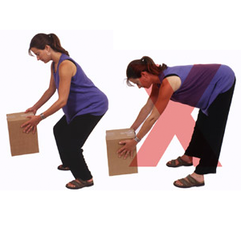
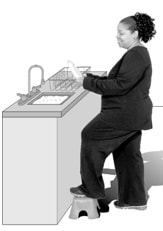

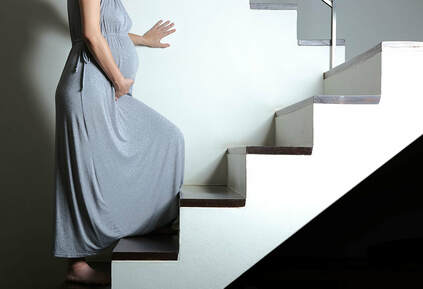

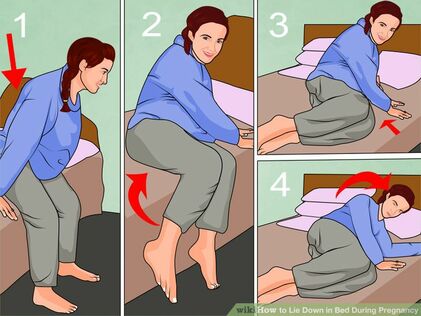
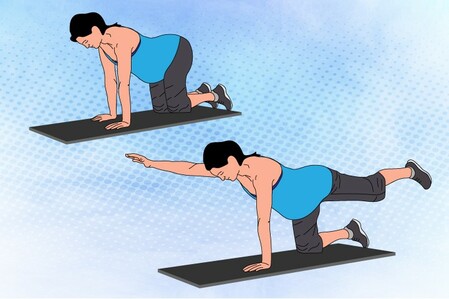
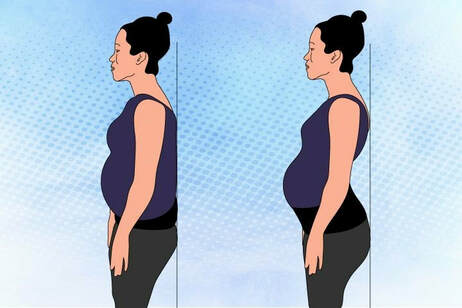
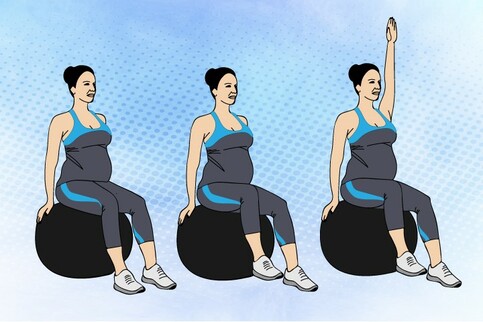
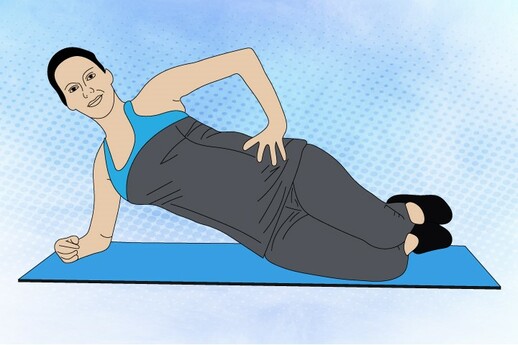
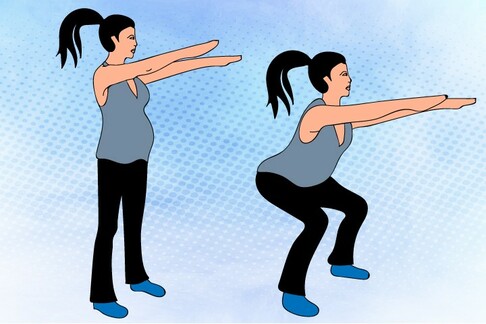
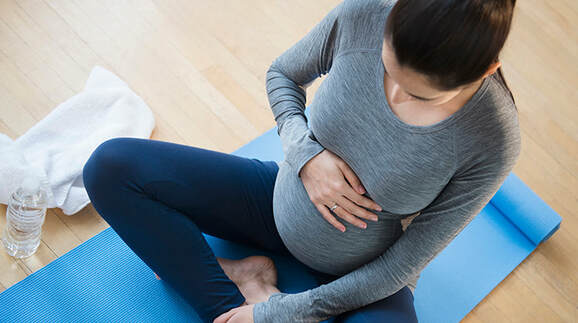
 RSS Feed
RSS Feed